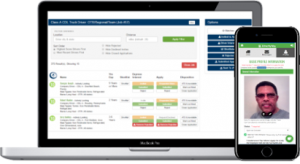
There are a few things that most truckers have in common, and one of them is the struggle of dealing with flickering trailer lights.
It’s well known that the root of this problem lies in the pigtail, or the electrical cord that powers your trailer lights from your tractor. Loose connections or faulty wiring can affect the pigtail’s ability to keep a consistent supply of power. However, until recently, the long-term solution for this frustrating problem was still unknown.
This is where the Pigtail Wedge comes in, an easy to install, long-lasting, and affordable solution that keeps drivers from constantly needing to readjust the pigtail or worrying about complying with DOT regulations. Keep reading to learn everything you need to know about the tool that is sure to become essential for truck drivers across the nation. 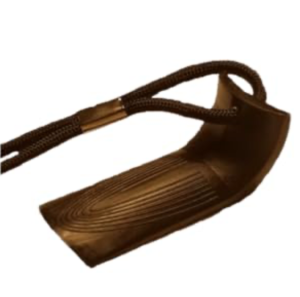
An Easy Solution
With 28 years of commercial truck driving under his belt, Pigtail Wedge inventor Robert Patterson has had his fair share of flickering and flashing trailer lights. Years of dealing with this frustrating and potentially dangerous issue led him to design and patent what is now known as the Pigtail Wedge.
The concept first struck Robert in 2017, when he was shopping for Christmas presents with his wife. The carrier he works for, Dayton Freight Lines, had been having ongoing issues with the electrical cords on many of the trucks in its fleet. Every three months, hundreds of trucks required new electrical cords, creating a costly and time-consuming pattern.
Then, in the Macy’s shoe department, Robert had an idea. He realized a shoe horn could be used to keep the pigtail from shifting, therefore maintaining the connection and keeping his trailer lights from flickering. Although the shoe horn was too large to fit at first, Robert used a dremel to adjust the size and create the first prototype of the Pigtail Wedge.
Initially designed as a short-term solution, Robert thought the wedge would be useful to keep his lights from flickering just until he was able to replace his electrical cord. However, after weeks, and then months, of no electrical issues, Robert realized he might have found the long-term solution to this common trucking problem.
How Does It Work?
Over the years, truckers have tried various solutions for this pesky problem. Electrical tape, using screwdrivers to spread the contact posts, or other ways to manually force the connection have proved short-term fixes that aren’t worth the trouble.
“If you go out and ask a hundred truck drivers if they know how to fix this problem, a hundred truck drivers will tell you that you just shove anything in the electrical socket: paper clips, zip ties, or paper,” said Robert. “That was the go-to.”
However, Robert saw these solutions as limited. Drivers could keep their lights from flickering, but they had to continuously stop to readjust. Robert wanted to create a durable, long-lasting solution that would save truck drivers time and money, which led him to continue experimenting with the design of the Pigtail Wedge.
After testing shoe horns and 3D printing, Robert now uses an injection molding machine to create the wedge from a specially crafted proprietary blend of plastics. The size and tapered shape of the Pigtail Wedge allows drivers to insert the wedge as far as is necessary to keep the connection tight, and a lanyard made of durable rope ensures that the wedge won’t be lost.
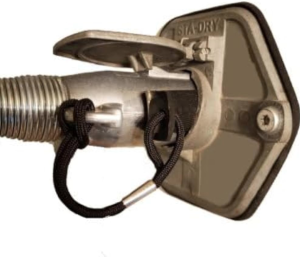
When installing the Pigtail Wedge, the lanyard is first fed through the grip of the pigtail, then the plastic wedge is inserted into the receiver, creating a user-friendly solution that requires no expertise or specialized tools for installation.
“A lot of drivers will tell you that they don’t need something like this,” said Robert. “They’ll say they know how to fix it. But if every driver you talk to knows how to fix it, why do we still have the problem?”
Thinking About Trying It Out For Yourself?
For many, the best part of the Pigtail Wedge is its low price tag. Starting at $6.99 on Robert’s website, the wedge can also be bought in bulk for any carrier looking to make an investment in its team.
With the winter holidays just around the corner, a Pigtail Wedge is also the perfect gift for any trucker, or a great addition to your own wish list if you’re looking to “fix the flicker with the flicker fixer,” as Robert Patterson likes to say.
Here at Drive My Way, we love highlighting innovative solutions for everyday obstacles in the trucking industry. If you know of other entrepreneurs making driving easier for everyone, or you just want to reach out with your thoughts, be sure to follow us on our social media!

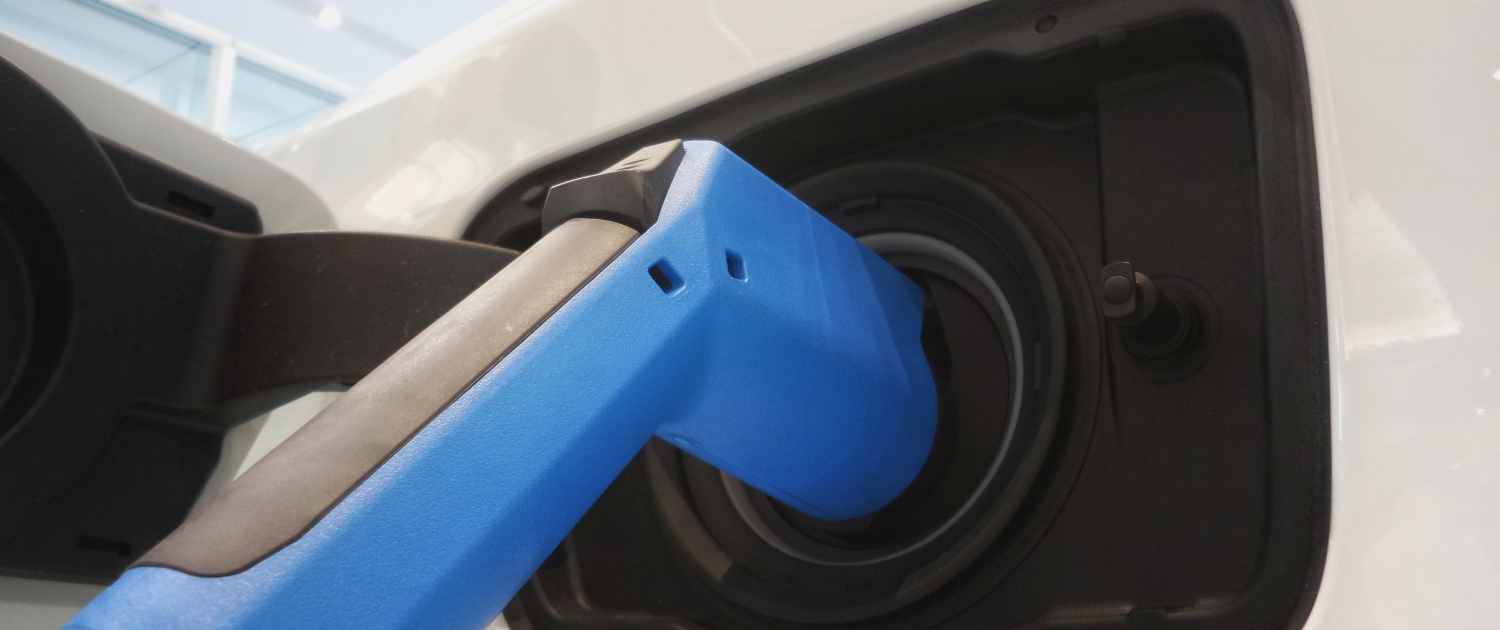 Manufacturers and the industry at-large are viewing electric semi-trucks as the next big thing, already pouring
Manufacturers and the industry at-large are viewing electric semi-trucks as the next big thing, already pouring 
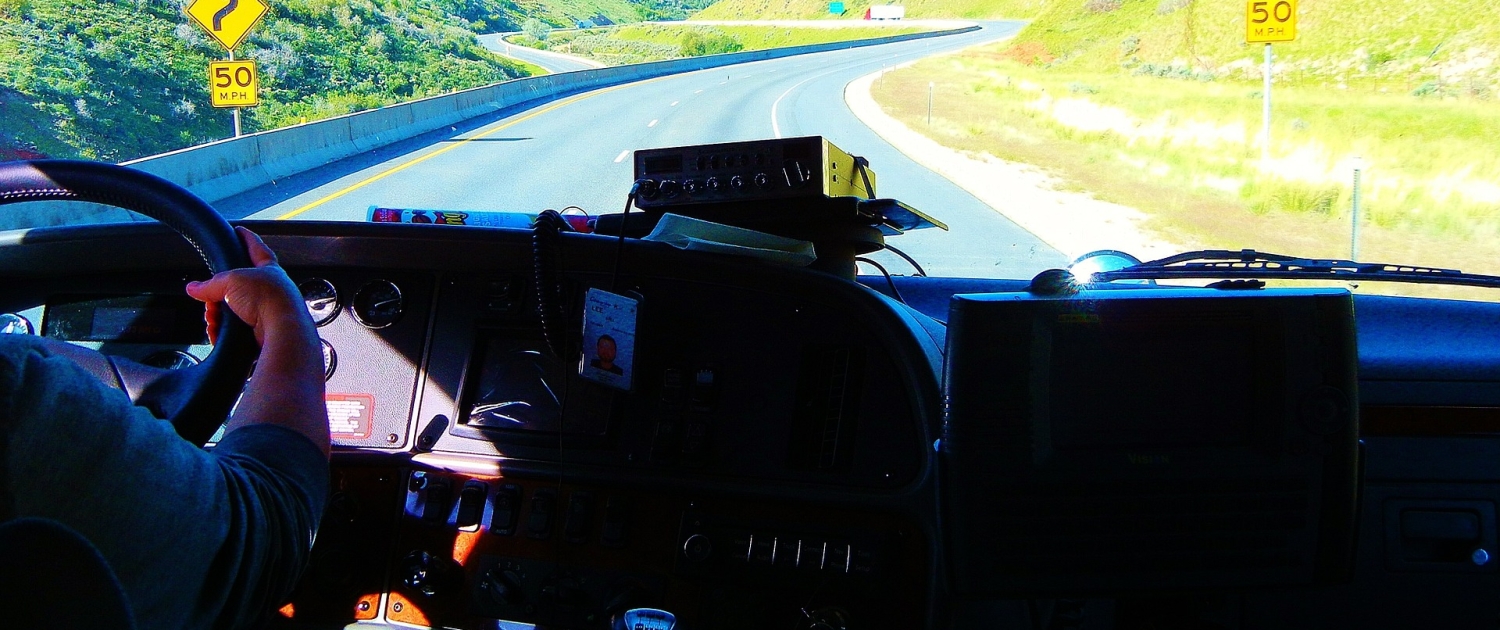 The ELD mandate has been around since 2017, so unless you’re a new truck driver, you probably know about ELDs and the requirements surrounding them. But, if you are a new driver, here are the need-to-know facts about ELDs.
The ELD mandate has been around since 2017, so unless you’re a new truck driver, you probably know about ELDs and the requirements surrounding them. But, if you are a new driver, here are the need-to-know facts about ELDs. 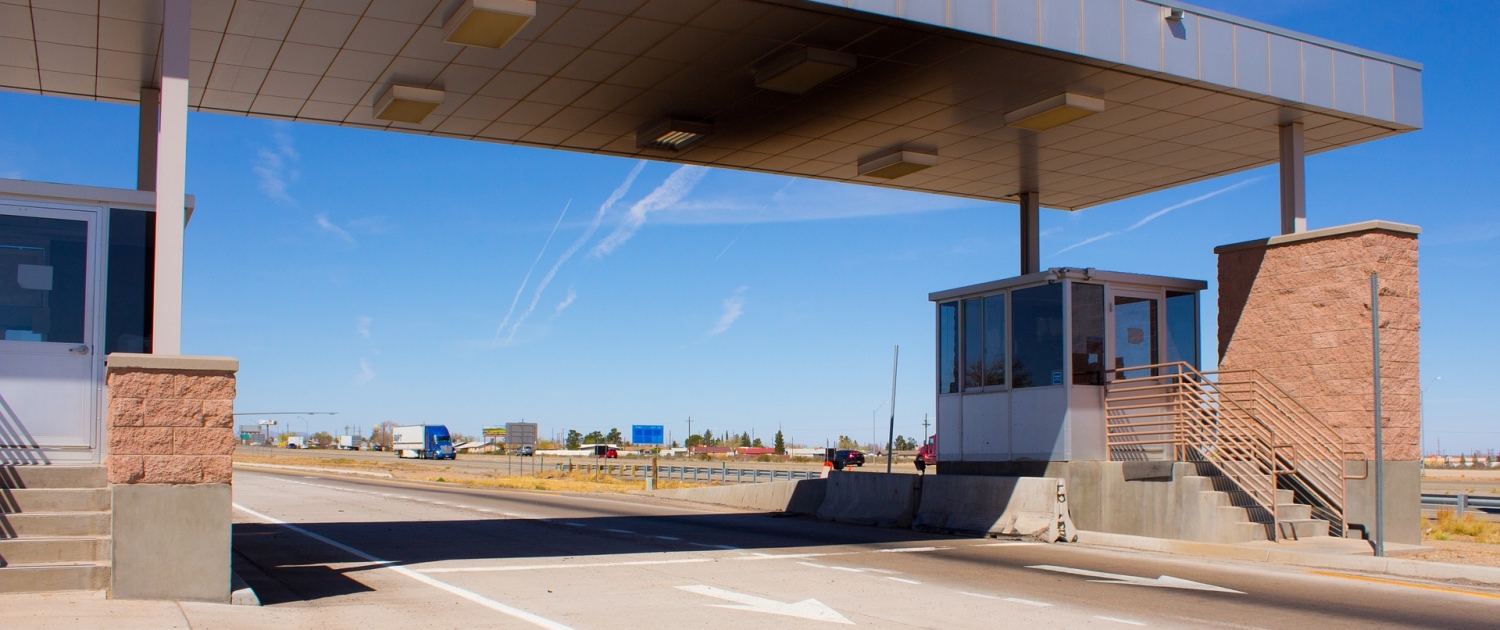 Most motorists pass weigh stations every day and don’t think much of them. But for truck drivers, weigh stations are a constant presence they need to be aware of while driving. There are currently
Most motorists pass weigh stations every day and don’t think much of them. But for truck drivers, weigh stations are a constant presence they need to be aware of while driving. There are currently 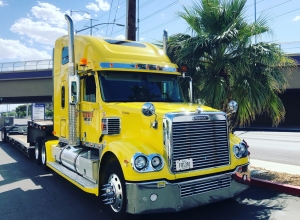

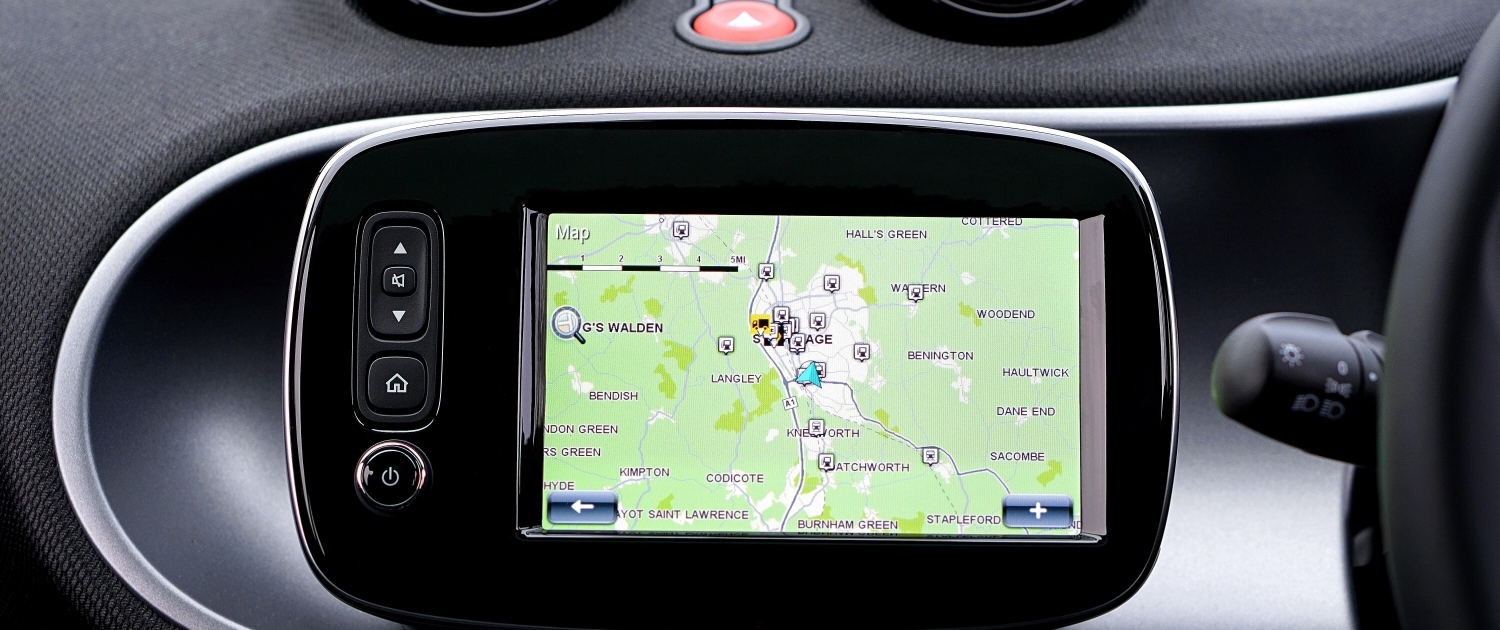
 Trucker GPS systems also come loaded with special features that you won’t find on your standard smartphone. Whether you’re looking to track your fuel usage, the number of miles you’ve driven, your
Trucker GPS systems also come loaded with special features that you won’t find on your standard smartphone. Whether you’re looking to track your fuel usage, the number of miles you’ve driven, your  It’s important to
It’s important to 


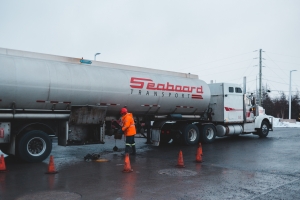 2. Weigh My Truck
2. Weigh My Truck 2. Sanvello or Headspace
2. Sanvello or Headspace